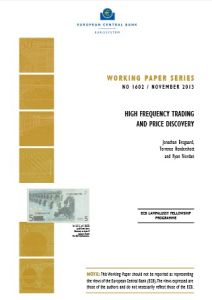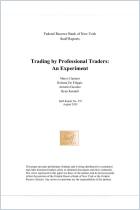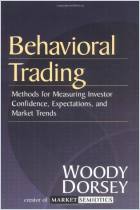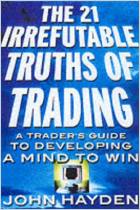
Read or listen offline
Recommendation
The May 6, 2010, “flash crash” and other past trading glitches have led policy makers to question the effects of high-frequency trading on markets. Coding issues and faulty algorithms have clearly ignited some notable incidents. However, trading mistakes caused problems in markets long before servers began executing trades in microseconds. Finance experts Jonathan Brogaard, Terrence Hendershott and Ryan Riordan offer a useful look into the day-to-day reality of high-frequency trading. Although their report will prove hard work for anyone but specialists, getAbstract recommends it for its valuable analysis of the effects of such trading.
Take-Aways
About the Authors
Jonathan Brogaard is an assistant professor of finance at the University of Washington. Terrence Hendershott is an associate professor at the University of California at Berkeley. Ryan Riordan is an assistant professor at the University of Ontario Institute of Technology.
















Comment on this summary or Start Discussion